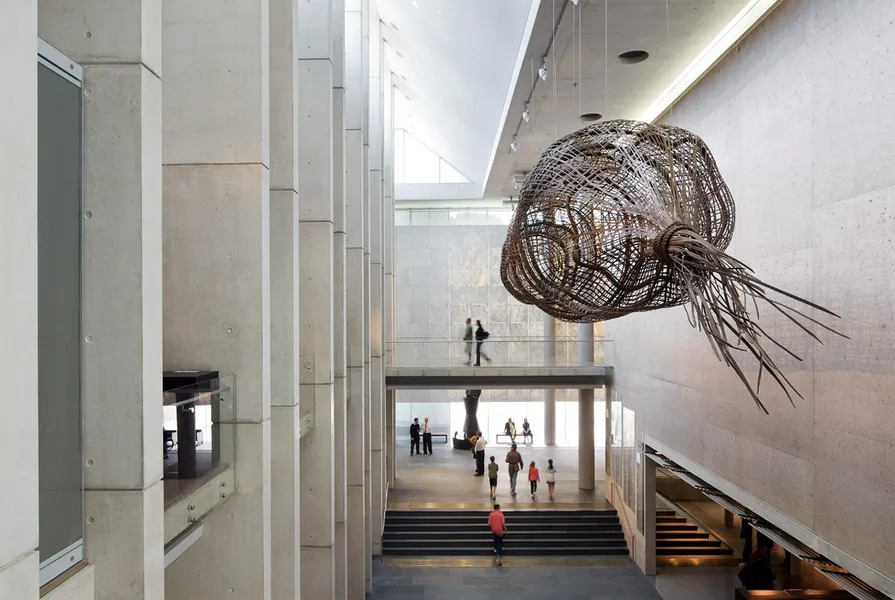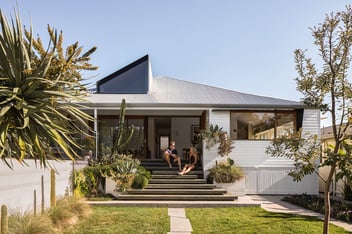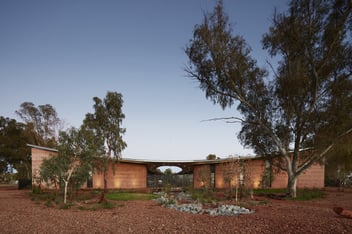Revisiting The National Gallery of Australia
Last year, the National Gallery of Australia in Canberra celebrated its 40th anniversary. As one of Australia’s most iconic examples of Brutalist architecture, what better time to look back on its history and design significance.
The National Gallery of Australia was opened in 1982, after eight years of construction between the years of 1973 and 1981. Designed by Edward Madigan Torzillo and Partners, with architect Colin Madigan leading the team, this building aimed to be ‘an expression of national character’ on the banks of Lake Burley Griffin.
The building itself is bold and striking, with high ceilings and beautifully exposed concrete waffle slabs. Ramps and stairs act as architectural features, as well as a reminder of the gallery yet to be explored.
Unlike most Brutalist buildings, the concrete acts as a frame for large panes of glass that invite the visitor into the main lobby space. The scale of the building allows for the surrounding public art to be in focus, whilst still maintaining a sense of grandeur and national significance.
Next door to the National Gallery, is the High Court of Australia, also designed by Edward Madigan Torzillo and Partners. Together the two buildings speak the same architectural language, with concrete as the hero, huge atriums and celebrated circulation. The pairing is a successful and intentional urban planning decision that reinforces the architectural significance of Australia’s Capital.






